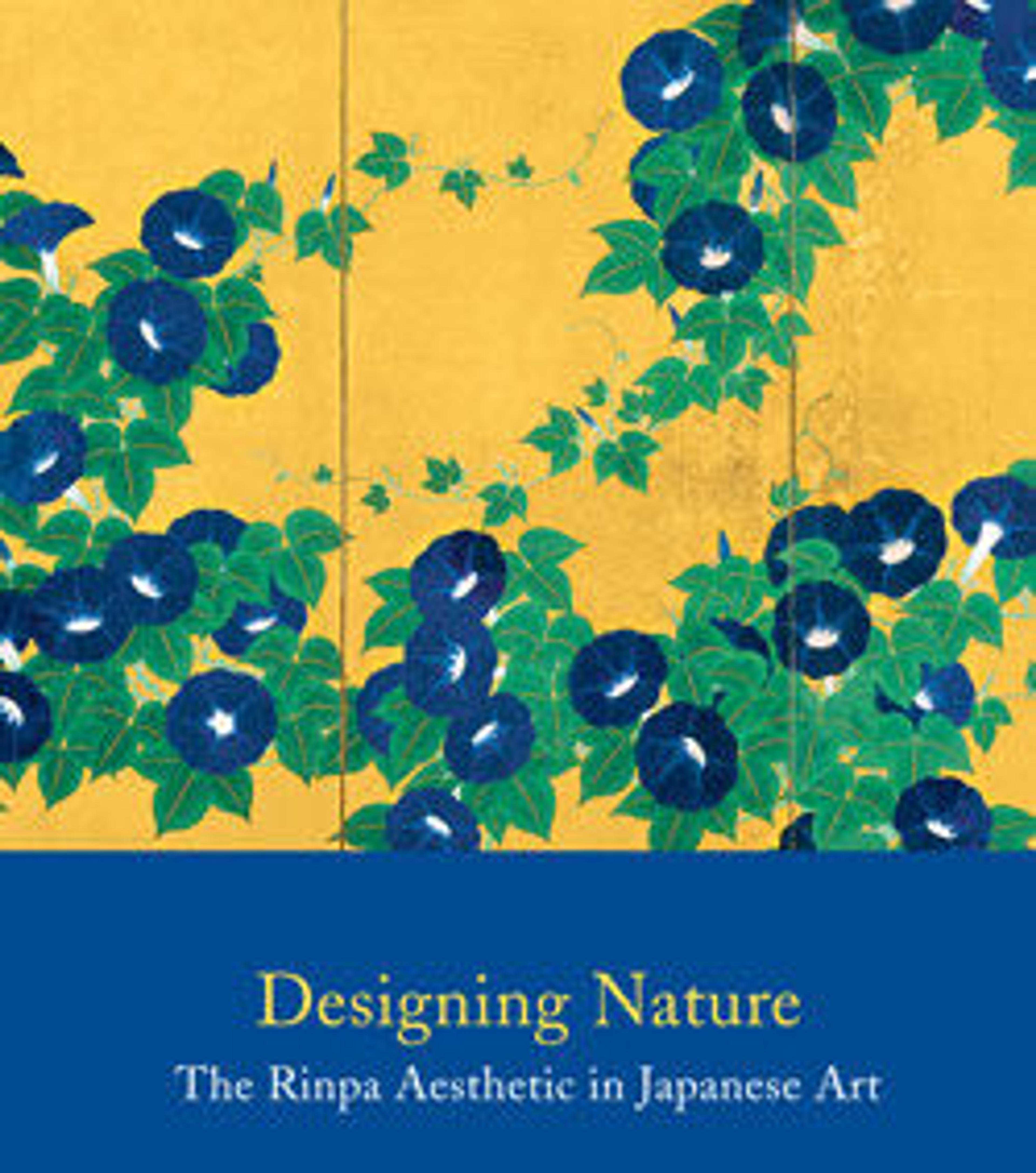Writing Box (Suzuribako) with Woodcutter
Both the image of a rustic figure carrying a load of kindling and the rounded box lid on which it appears are based on a lacquer writing box attributed to the noted calligrapher and potter Hon’ami Kōetsu (1558–1637). Kōetsu is recognized as one of the founders of the Rinpa movement, which drew inspiration from traditional Japanese literature. The motif of the woodcutter was often repeated in lacquers and may allude to chapter 48 of The Tale of Genji (Genji monogatari), in which a former teacher sends shoots of bracken fern (warabi) to Nakanokimi, the bride of Genji’s grandson Niou; to a Noh play referring to a poet of ancient times who meets a woodcutter in the mountains; or, perhaps, to both.
Whatever the precise inspiration, the Kōetsu design was copied by lacquer artists in subsequent centuries and became one of the most popular Rinpa design motifs for lacquer writing boxes and inrō. The Metropolitan Museum has no fewer than four lacquer writing boxes with the same design, demonstrating how motifs were transmitted from generation to generation by direct copying and by the study of woodblock-printed drawing manuals of Rinpa motifs.
Whatever the precise inspiration, the Kōetsu design was copied by lacquer artists in subsequent centuries and became one of the most popular Rinpa design motifs for lacquer writing boxes and inrō. The Metropolitan Museum has no fewer than four lacquer writing boxes with the same design, demonstrating how motifs were transmitted from generation to generation by direct copying and by the study of woodblock-printed drawing manuals of Rinpa motifs.
Artwork Details
- 伝本阿弥光悦 橅夫蒔絵硯箱
- Title:Writing Box (Suzuribako) with Woodcutter
- Artist:In the style of Hon'ami Kōetsu (Japanese, 1558–1637)
- Period:Edo period (1615–1868)
- Date:18th or early 19th century
- Culture:Japan
- Medium:Gold maki-e on black lacquer with mother-of-pearl inlay
- Dimensions:H. 3 3/4 in. (9.5 cm); W. 9 in. (22.9 cm); L. 9 3/8 in. (23.8 cm)
- Classification:Lacquer
- Credit Line:H. O. Havemeyer Collection, Bequest of Mrs. H. O. Havemeyer, 1929
- Object Number:29.100.689
- Curatorial Department: Asian Art
More Artwork
Research Resources
The Met provides unparalleled resources for research and welcomes an international community of students and scholars. The Met's Open Access API is where creators and researchers can connect to the The Met collection. Open Access data and public domain images are available for unrestricted commercial and noncommercial use without permission or fee.
To request images under copyright and other restrictions, please use this Image Request form.
Feedback
We continue to research and examine historical and cultural context for objects in The Met collection. If you have comments or questions about this object record, please contact us using the form below. The Museum looks forward to receiving your comments.
